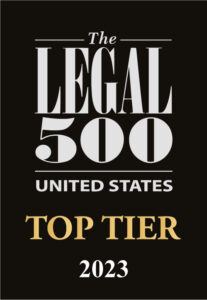Check out our summary of significant Internal Revenue Service (IRS) guidance and relevant tax matters for the week of July 15, 2024 – July 19, 2024.
July 15, 2024: The IRS released Internal Revenue Bulletin 2024-29, which includes:
- Announcement 2024-29, which revokes the Internal Revenue Code (Code) 501(c)(3) determination for specified organizations and stipulates that contributions made to said organizations by individual donors are no longer deductible under Code § 170(b)(1)(A).
July 15, 2024: The IRS warned taxpayers about social media promotions of a non-existent “Self Employment Tax Credit” that are misleading individuals into improperly claiming the Paid Sick and Family Leave Credit that is intended for employees, not self-employed taxpayers.
July 16, 2024: The IRS released Revenue Ruling 2024-15, which provides the August 2024 applicable federal rates.
July 16, 2024: The IRS warned tax professionals about ongoing threats of phishing emails and cloud-based attacks aimed at stealing sensitive taxpayer information.
July 17, 2024: The IRS updated the Foreign Account Tax Compliance Act (FATCA) website to require users to establish multifactor authentication when registering to enhance identity verification. This change, effective as of July 14, 2024, mandates taxpayers to use IRS service providers Login.gov or ID.me to access their FATCA accounts.
July 19, 2024: The IRS released Notice 2024-59, which provides the 24-month average corporate bond segment rates for July 2024, yield curve and segment rates for single-employer plans, and 30-year Treasury securities interest rates.
July 19, 2024: The IRS issued proposed regulations and final regulations on the rules for required minimum distributions from retirement plans under Code § 401(a)(9). The final regulations largely adhere to the previously proposed rules, including the requirement for certain beneficiaries to continue receiving annual distributions until the end of the 10-year period, and will take effect on September 17, 2024.
July 19, 2024: The IRS released its weekly list of written determinations (e.g., Private Letter Rulings, Technical Advice Memorandums and Chief Counsel Advice).
read more

 Subscribe
Subscribe




